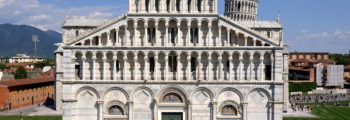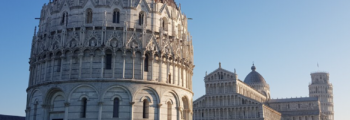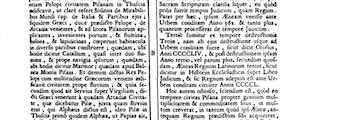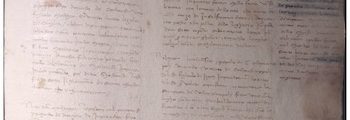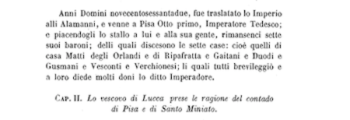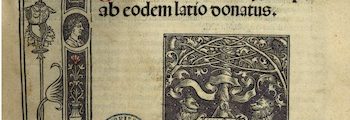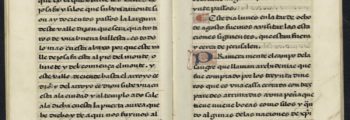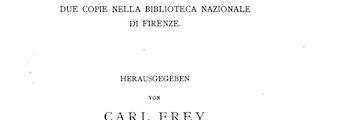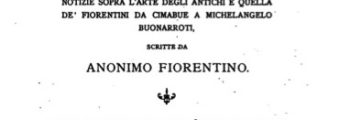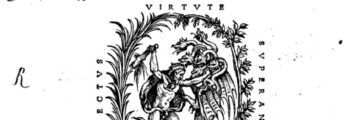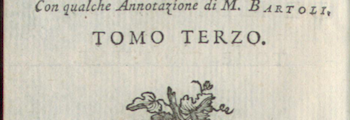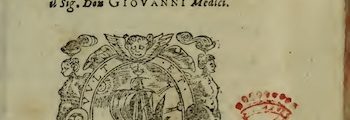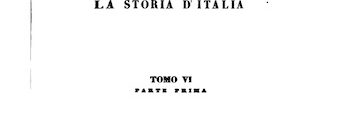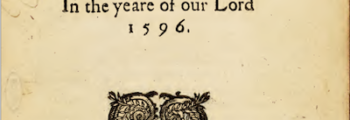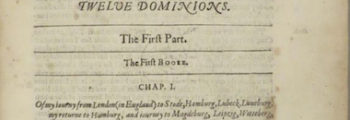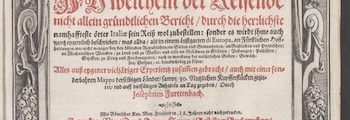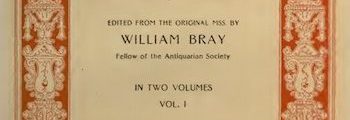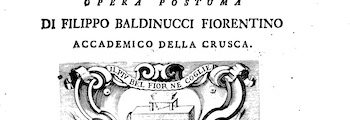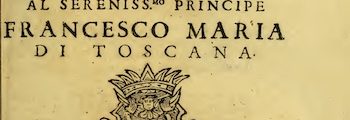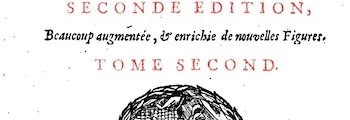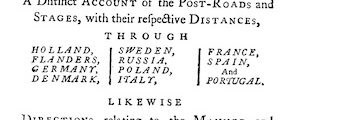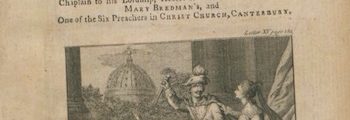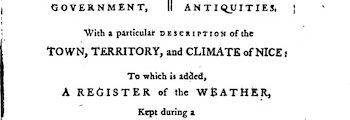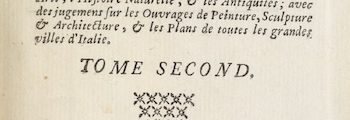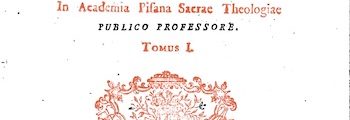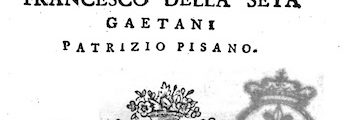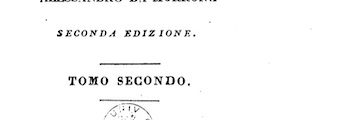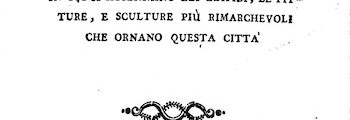First mention of a building project for the cemetery (1260)
First mention of the project to build a cemetery for the Cathedral in the oath of office of Guido Spadaio, the new head of the Opera del Duomo. The promise to build a new cemetery is repeated by Guido’s successors Rinaldo Speziale (1260-70), Ranieri Vallecchia (1270-71) and Orlando Sardella (1271-82).
Read moreFoundation of the Camposanto (1277)
On 18 June 1277, Archbishop Federico Visconti (1254-77) donates a piece of land between the city walls of Pisa and the street that runs from the Lion’s Gate to the northern flank of the Cathedral. It is here that the Opera del Duomo will build the new cemetery of the Cathedral. The date of 1277 (written as 1278 following the Pisan calendar) is also recorded as the foundation of the new cemetery, in the inscription on the left of the main entrance: “In the year 1278, at the time of Federico Visconti, the archbishop of Pisa, and Tarlato, the podestà, under the operaio Orlando Sardella, and master Giovanni, who built this.”
Read moreChurch of the Holy Trinity (1298/1303)
In the first years of Burgundio di Tado’s tenure as head of the Opera del Duomo (ca. 1298-1319), the ecclesia campi sancti, dedicated to the Holy Trinity, is brought to completion; it is a one-nave hall, furnished with an altar, and decorated with statues and paintings. The new sanctuary, located at the southeast corner of the cemetery, is accessible from the piazza through a now-closed door in the fourth bay of the south wall. The cemetery itself consists of an open field surrounded by walls.
Read moreRevised Camposanto project (c. 1320)
Under the guidance of Giovanni Rossi, head of the Opera between 1319 and 1332, a revised project for the Camposanto is developed: four large galleries arranged in a cloister-like scheme. To make space for this building, the Church of the Trinity is largely dismantled. The eastern and the western gallery of the Camposanto are completed by 1340.
Read moreStart of the fresco decoration: Buonamico Buffalmacco and Francesco Traini (c. 1336)
In spring 1336, the Florentine painter Buonamico Buffalmacco resides at the Cappella of Santa Maria Maggiore, a place that the Opera uses as accommodation for the artists they have hired. By around 1342, Buffalmacco has painted the Triumph of Death, the Last Judgment and the Thebaid on the eastern part of the south gallery, and the Resurrection, Doubting Thomas and the Ascension of Christ in the eastern gallery. Shortly before Buffalmacco’s arrival, the Pisan painter Francesco Traini completes the Crucifixion at the southeast corner of the Camposanto.
Read moreTaddeo Gaddi’s Job cycle (1341/43)
The Florentine artist Taddeo Gaddi paints the cycle of the Life of Job at the western end of the south gallery. As in subsequent fresco decoration, Gaddi’s paintings are arranged in two horizontal registers separated by painted frames.
Read moreChronicon Pisanum (c. 1342)
by anonymous chronicler
Read moreChronaca Pisana (c. 1354)
by anonymous chronicler
Read moreAndrea da Firenze’s and Antonio Veneziano’s Ranieri cycle (1376-1384)
In 1376, Pietro Gambacorta, signore of Pisa (1370-92), commissions a cycle dedicated to the life of San Ranieri, Pisa’s most important local saint. The paintings are located on the right of the main entrance. Left unfinished at the death of Andrea da Firenze, the painter chosen by Gambacorta in 1379, the second part of the cycle is executed by Antonio Veneziano in 1384-86.
Read morePiero di Puccio’s Christian Macrocosm and Genesis cycle (1389)
In 1389, Pietro di Puccio, an artist from Orvieto, receives the commission by Parasone Grasso, head of the Opera del Duomo (1384-90), to paint the first murals in the north gallery. Over the next two years Puccio works on a depiction of the Christian macrocosm and three pictures of a Genesis cycle. He leaves this project unfinished when he returns to Orvieto in 1391.
Read moreSpinello Aretino’s Ephesus and Potitus cycle (1390/91)
In 1390, Parasone Grasso, head of the Opera del Duomo (1384-90), engages the Florentine artist Spinello Aretino for six wall paintings dedicated to the Sardinian martyrs Ephesus and Potitus, whose relics were transferred to Pisa in the late eleventh century. Spinello’s frescoes close the gap between the Ranieri and the Job cycles in the south gallery.
Read moreCronica di Pisa (c. 1406)
by anonymous chronicler
Read moreDimostrazione dell’andata o viaggio al Santo Sepolcro (1442-1455)
by Marco di Bartolomeo Rustici (1392-1457)
Read moreInsertion of filigree tracery into the arched openings of the galleries (1451-1463)
Between 1451 and 1463, the wide openings of the Camposanto’s galleries are transformed into quadrifora windows, by inserting filigree tracery in marble.
Read moreCommentari (1452-1455)
by Lorenzo Ghiberti
Read moreInsertion of eleven stained glass windows in the south and east galleries (1456-1489)
Starting in 1456, the Pisan workshop of Leonardo and Bartolommeo della Scarperia executes a series of stained glass windows to be installed in the eastern part of the southern gallery (in front of Buffalmacco’s frescoes) and in the subsequent opening of the eastern gallery. Most of these windows contain figural representations dedicated to the life of Christ. In 1490, they are removed and transferred to the Cathedral.
Read moreBenozzo Gozzoli’s Old Testament cycle (1468-1485)
In 1468, Antonio di Iacopo dalle Mura, head of the Opera (1460-88), commissions a large Old Testament cycle from the Florentine artist Benozzo Gozzoli. Beginning beneath the Genesis scenes painted by Piero di Puccio in 1489-91 and extending over the entire wall of the northern gallery, the cycle is by far the largest decoration project in the Camposanto. The subjects of the twenty-three pictures progress from the story of Noah to the meeting between Salomon and the Queen of Sheba.
Read moreAnselmi Adournes Itinerarium Terrae Sanctae (1471 und 1510)
by Jan Adorno (1444-1510)
Read moreChapel project for Filippo de’ Medici (1475)
Following the last will of Archbishop Filippo de’ Medici (1461-74), the building of a chapel dedicated to the Holy Cross (Cappella della Croce) is started in 1475. The sanctuary is located in the center of the east gallery, on the site of the current Cappella del Pozzo. Due to the difficult political situation in the period following Filippo de’ Medici’s death, the chapel remains unfinished.
Read moreEvagatorium in Terrae Sanctae, Arabiae et Egypti Peregrinationem (c. 1484-88)
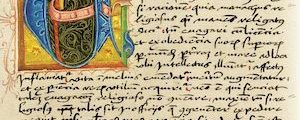
by Felix Fabri (1438/39-1502)
Read moreLe mirabile et inaldite belleze e adornamenti del Campo Sancto di Pisa (c. 1487-1499)
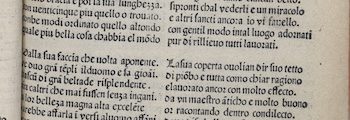
by Michelagnolo di Cristofano da Volterra
Read moreLe vite de’ più eccellenti architetti, pittori, et scultori italiani (1550)
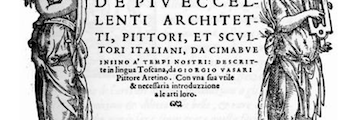
by Giorgio Vasari (1511-1574)
Read moreLe vite de’ più eccellenti pittori, scultori e architettori (1568)
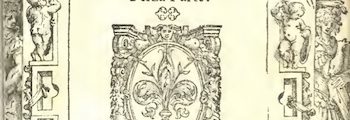
by Giorgio Vasari (1511-1574)
Read moreDialogo sul Camposanto (1593)
by Giovan Battista Totti
Read moreBuilding of the Cappella dal Pozzo (1594)
Left unfinished in the fifteenth century, the sanctuary assumed its final shape under Archbishop Carlo Antonio dal Pozzo (1582-1607). Projecting far beyond the roof of the galleries, the chapel with its high dome created a new focal point at the eastern end of the cemetery’s longitudinal axis.
Read moreLes Délices de l’Italie (1707)
by Henry de Rogissart
Read moreVoyage en Italie de trois gentilshommes flamands (1724)
by Luc-Joseph van der Vynckt (1691-1779)
Read moreSome Observations Made in Travelling through France, Italy & in the Years 1720, 1721, and 1722 (1730)
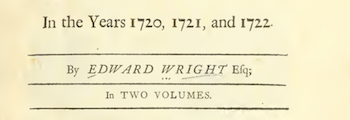
by Edward Wright
Read moreLettres historiques et critiques sur l’Italie (1739/1740)
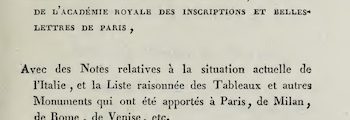
by Charles de Brosses (1709-1777)
Read moreGuida per il passeggiere dilettante di pittura, scultura, architettura nella Città di Pisa (1751)
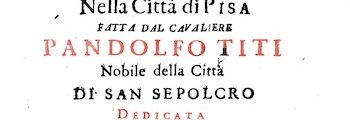
by Pandolfo Titi (1696-1765)
Read moreNouveaux mémoires ou observations sur l’Italie et sur l’Italiens (1758/1764)
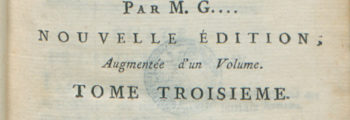
by Pierre-Jean Grosley (1718-1783)
Read moreDescription historique et critique de l’Italie (1761/1766)
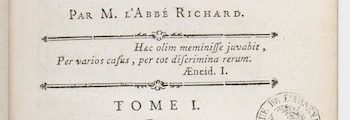
by Jérôme Richard (d. ca. 1790)
Read moreDreams, Waking Thoughts, and Incidents: In a Series of Letters, from Various Parts of Europe (1783)
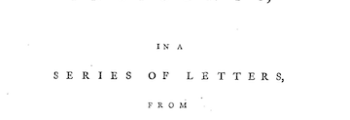
by William Beckford (1759-1844)
Read moreLettres sur l’Italie en 1785 (1788)
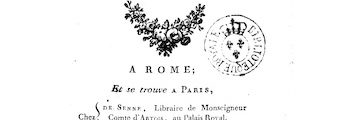
by Charles-Marguerite-Jean-Baptiste Mercier Dupaty (1746-1788)
Read moreBurning of the Camposanto roof (1944)
On 27 July 1944, during intense combat between German troops and Allied forces, an artillery shell hits the roof of the cemetery and sets its wooden framework alight. The heat of the flames and the molten lead running down the walls destroy large sections of the wall paintings. A few weeks after the fire, the Monuments unit of the US Army (MFAA) constructs a provisional roof and gathers Italian specialists to collect hundreds of fresco fragments from the floor of the galleries.
Read moreStrappo and restoration of the Camposanto murals (1947-1955)
After the end of the war, all of the murals in the cemetery are detached from the walls and transferred onto a new support made of a cement mixture called Eternit. The procedure is repeated for the preparatory drawings (sinopie). From 1960 onwards, the restored Buffalmacco paintings from the south gallery are exhibited in a separate hall attached to the Camposanto. Since 1979, some of the sinopie have been exhibited in the new Museo delle Sinopie.
Read moreSecond strappo and restoration of the Camposanto murals (1997-2018)
Due to damage caused by the Eternit panels, a second restoration campaign using the strappo method is undertaken. The murals are transferred to a new carrier and subsequently restored. In a final step, the panels with the frescoes are returned to the walls of the Camposanto.
Read more
